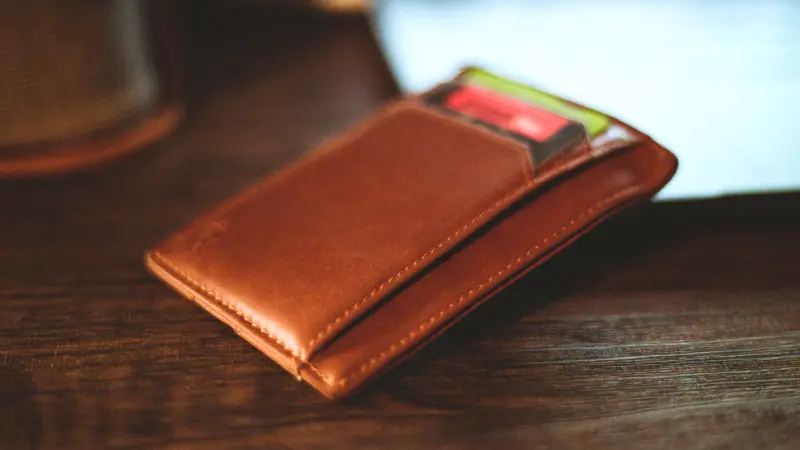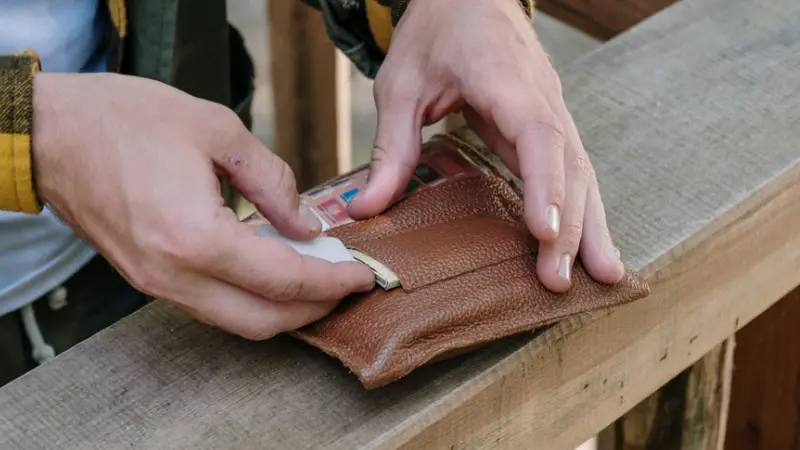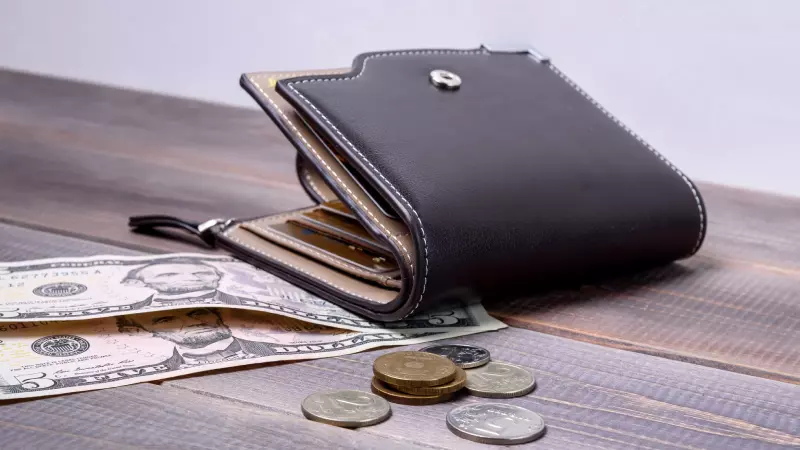How to Break in Your Leather Wallet: The 4 Best Methods Revealed
When you purchase a new leather wallet, you may have noticed it being too stiff for your liking, resulting in difficulties when placing cards inside the designated compartments.
However, there is a solution to that! All you need to do is to break in your new leather wallet to allow your cards to fit snugly in their compartments without getting stuck and potentially damaging the leather.
In this guide, we will cover the most accessible and natural ways in which you can ensure that your leather wallet is safely broken into and that it’s also comfortable for you to use.
Here are the four best methods to break in your new leather wallet:
- Through Natural Usage Of Leather Wallet
- The Over-Card Method
- By Conditioning Your Leather Wallet
- Through Molding Your Leather Wallet
The best way to allow for minimal break-in for a new wallet is to determine how many cards you would need to place in your wallet, and choose a wallet with the same number of card slots.
If you get a leatherwallet with fewer card slots than you need, you will likely end up placing multiple cards into a single slot, exacerbating the issue. Let’s take a closer look at the methods.
Method 1: Through Natural Usage of your leather wallet
After two to three weeks of use, your new wallet will naturally become accustomed to the space occupied by the cards and your handling and storage practices. It will slowly stretch out over time as the leather naturally becomes more supple with use.

With that being said, we strictly advise against placing your wallet in your back pocket and sitting on it. Whilst that can help mold and soften your leather wallet, we believe that the disadvantages of sitting on your leather wallet far outweigh the advantages of doing so.
Sitting on your leather wallet can cause color stains from your jeans or pants fabric to transfer to the leather wallet. It also is a leading cause of bad posture and a common reason for experiencing lower back pain.
This is because sitting on your leather wallet will misalign your hips, causing the side where your wallet is to be resting on a higher plane as compared to your other hip, causing an imbalanced weight distribution in your sitting posture.
If your new leather wallet is too stiff to open and close properly, you can speed up the process by slowly and firmly bending open the empty wallet with your hands. You can also hold each side of your wallet with a hand and gently bend it into ‘u’ and ‘n’ shapes to speed up this process.
just ensure you are doing this with the wallet empty lest you damage your credit card unintentionally. This will considerably stretch out the leather to make for easier use of your wallet.
Method 2: The Over-Card Method
If you want to stretch out the card slots of your new leather wallet, you need to place a few extra plastic cards inside your card compartments. You can insert 2 – 3 extra cards per compartment and bend it open and close for the wallet to get accustomed to the occupied space.

You can also place extra weight on the wallet after inserting an extra card to mold it accordingly. This technique is highly effective and should only be done for a short period (about 10 minutes) since prolonged overstuffing can result in overstretching your new leather wallet.
Method 3: By Conditioning Your Leather Wallet
If you have a second-hand leather wallet that is too stiff to use comfortably, you can soften it using an appropriate leather conditioner. When a leather wallet has not been in use for a long time or has been in storage for a prolonged period, it can stiffen up considerably.
We recommend using a dedicated leather conditioner or a small amount of mink oil for the job. A safe bet is Fiebing’s Mink Oil, which is tried and tested, as it works well on leather wallets.
Before you begin, ensure that your leather wallet is free from dust and dirt as much as possible. Use a slightly damp lint-free cloth to wipe over the surface area of your wallet. Your leather wallet should naturally dry before we proceed to the next step.
Take a clean and dry white cloth and dab it lightly with the leather conditioner or mink oil. Lay open your leather wallet with the exterior side pointing upward and apply a thin coat of the product outside the leather wallet.
Let the product dry and absorb into the leather material for an hour for a beautiful shine and supple feel. Ensure that the conditioner or the mink oil does not get into the card slots of your new wallet since it is challenging to remove the product from crevices, and it might end up damaging your cards.
If you are not using a dedicated leather conditioner, we highly recommend testing any softening product first on an inconspicuous portion of your leather wallet to ensure that discoloration or unintended staining does not happen.
Method 4: Through Molding Your leather Wallet with Warm Water
If you think your leather wallet is still too stiff for use even after following the aforementioned methods, you should try this technique. We only recommend this method if absolutely necessary. Overexposure to water can cause damage to leather and submerging a leather article is largely something you are actively trying to avoid.
However, this method can help you achieve the softness you desire if the previous methods we mentioned are not sufficient for your purposes. Start by placing old plastic cards inside your new wallet and submerging the leather wallet in warm water.
The old plastic cards serve as a stencil of sorts for your leather wallet, and the cards you are using for this purpose should be ones that you are unconcerned about should they get damaged or spoilt from the water exposure.
The warmth of the water will soften the leather, and you should begin bending the leather wallet gently underwater to help quicken the process. You should look to ensure that the temperature of the warm water is around the 110 °F (about 43 °C) mark.
If only warmer water is available to you, please take special care to not scald yourself in this process. After a few minutes, when the leather wallet is thoroughly drenched, you should take it out and let it air dry in its naturally relaxed position.
The warm water will have stretched the leather naturally and you can look to add even more cards to the wallet. As your leather wallet dries and is held in place by the cards you have inserted, it will retain the stretched shape that the warm water brought about.
After the leather wallet is completely free of moisture, you should apply a leather conditioner to add a lustrous layer of protection to the exterior of your wallet and also counteract the water exposure that we generally advise avoiding when it comes to leather.
Best Practices When Breaking In a New Leather Wallet
When it comes to breaking in a new leather wallet, there are a few things that you should consider, so that you don’t damage it in the process. As leather is sensitive, you should always ensure to use each of the above-mentioned methods with utmost care.
- Avoid Harsh Chemicals – When conditioning your leather wallet, it’s important to avoid any products that contain harsh chemicals. Leather is a porous material and can easily get damaged if it’s treaded with improper ingredients.
- Break In Gradually – When breaking in your new leather wallet, stretch the leather gradually through one or multiple methods that we listed above. Never stretch leather too aggressively, as that may loosen the stitches and even damage your leather wallet permanently.
- Give It Time – Leather is flexible and can naturally adapt its shape. Give it time to break in naturally first, before trying any other type of method. While this may take a while longer, it’s the safest approach.

About Matthew
Co-Founder, Editor-in-Chief & Writer At Leatherskill
I’m a leather enthusiast turned artisan. Apart from crafting leather products, I’m passionate about writing in-depth guides and reviews on all things leather!

